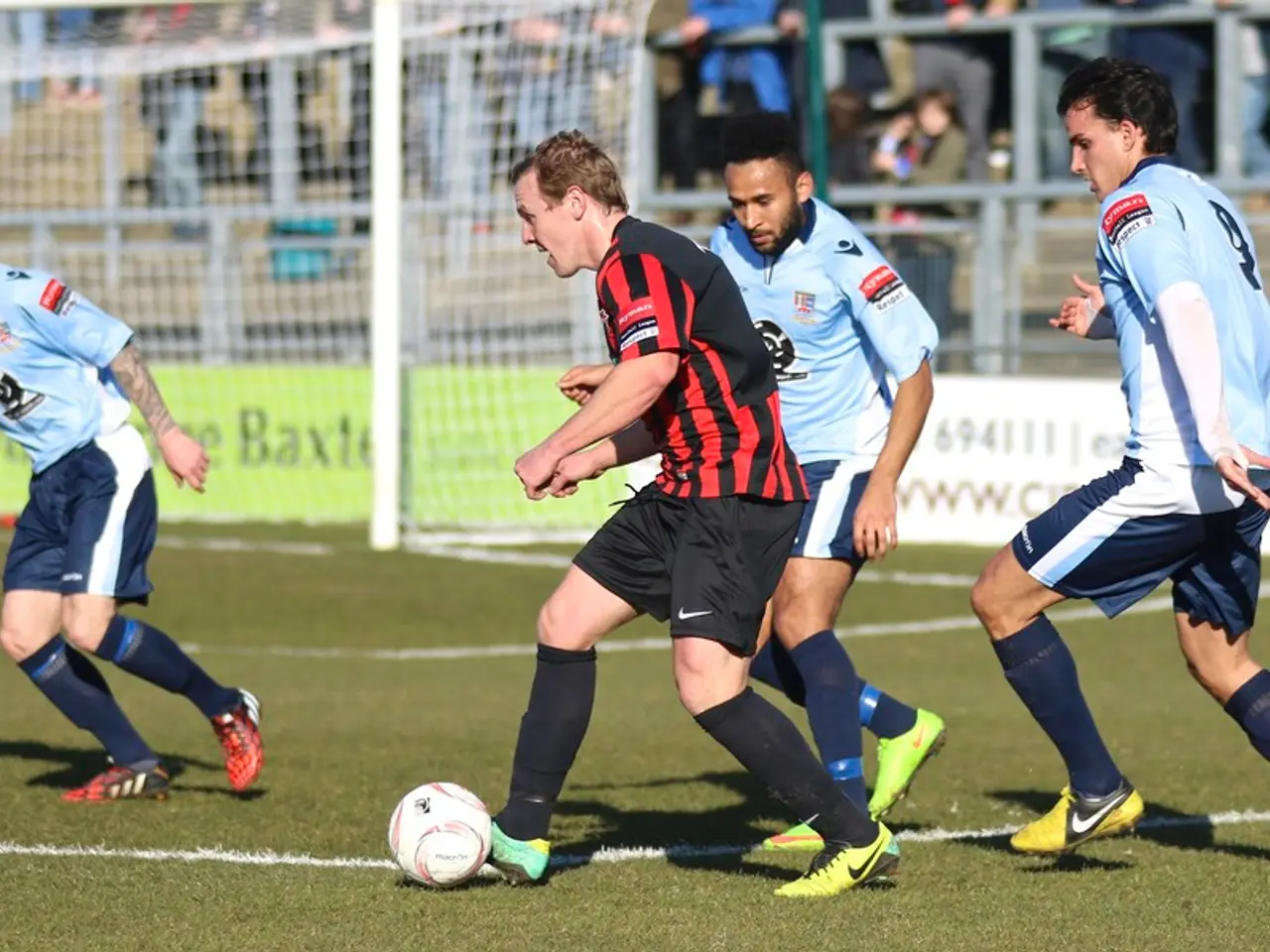Olympics Bid Query: What's the Point if There's No Established Sports Tradition? - Manish Tewari
The National Sports Governance Bill 2025, set to be tabled in the current Monsoon Session of Parliament, aims to create a framework for good governance in National Sports Federations (NSFs) and the Indian Olympic Association (IOA). The Bill decrees the setting up of a regulatory board which would grant recognition and decide funding to NSFs based upon their observance of good governance standards.
The regulatory board will ensure compliance with the highest governance, financial, and ethical standards, providing transparency and accountability in the management of sports bodies receiving government funding. The Bill also provides for the institution of an Ethics and Dispute Resolution Commission to cut down litigation and ensure transparency in governance.
The government has markedly increased sports funding, with an over 130% increase since 2014–15. For FY 2025–26, the Union Budget for the Ministry of Youth Affairs and Sports stands at Rs 3,794.30 crores ($439.60 million). Notably, Rs 1,000 crore goes to the Khelo India Programme, focused on nurturing talent and competitive leagues from local to elite levels.
The National Sports Policy 2025 emphasizes building sporting facilities at block, district, and community levels, establishing talent camps and local leagues to widen the base for sports participation. New Khelo India Centres and multi-city franchise leagues are being launched to professionalize various sports beyond traditional cricket.
Efforts are underway to improve training, coaching, monitoring, and talent identification systems with enhanced governance to support athletes systematically. The institutional focus on creating a culture for sports activities is lacking in India, but initiatives like the National Sports Policy 2025 and Khelo Bharat Niti 2025 are gradually shaping a stronger personal fitness culture.
However, challenges remain. Despite progress, there is still a deficit in accessible playgrounds and safe playing spaces. The Comptroller and Auditor General report highlights that around 40% of government schools lack usable playgrounds. Urban playgrounds face encroachment and poor maintenance, which limits mass participation in early sports development crucial for Olympic success.
In contrast to other nations with strong sports cultures and established grassroots systems, India is making rapid strides but still has to build more widespread, accessible infrastructure and embed fitness and sports participation into societal norms to reach its full potential in both elite sports performance and personal fitness culture.
The lack of a sporting culture in India contributes to an increase in lifestyle diseases such as heart attacks, high blood pressure, and diabetes among younger people. China's sports budget for the same fiscal is eight times higher than India and stands at 27,741 crores ($3.4 billion approximately). Contrastingly, in many other cities around the world, people exercise at all hours of the day.
Unless India dramatically upspends on sports across the board, both at the federal and state levels, there may be no point in bidding for hosting the Summer Olympics in 2036. The Indian Premier League is expected to generate Rs 20,000 crores ($2.4 billion approximately) in FY 2025-26, but much of that does not go into nurturing grassroots talent. In suburban India, some individuals can be seen walking on railway platforms as a form of exercise, indicating the absence of meaningful sports infrastructure.
As the individual grew older, swimming was replaced by outdoor running, brisk walking, and calisthenics due to a lack of time and suitable facilities. The individual, who has a history of competitive swimming and extensive physical exercise, including weight training and long-distance running, frequently encounters the same set of 40 to 50 people in various parks, despite the large population residing in urban areas around these parks.
In conclusion, India’s enhanced funding and infrastructure efforts have positively impacted sports performance and initiated a cultural shift, but full realization of mass sporting culture and consistent international competitiveness will require continued expansion of grassroots facilities, maintenance of playgrounds, and deeper integration of sports into everyday life.
- The National Sports Policy 2025, with its focus on building sporting facilities, nurturing talent, and professionalizing various sports, is also promoting the integration of health-and-wellness through fitness-and-exercise, contributing to a stronger personal fitness culture in India.
- The increased funding for sports has not only aided in improving athletes' performance and creating Olympic hopefuls but also emphasizes the importance of science-backed training methods, sports analysis, and preventive healthcare in the overall health and wellness of the athletes.




